Volvo presents EV Concept Recharge
In the course of presenting its battery and tech strategy, Volvo has also given a preview of the design language of the next generation of fully electric Volvo cars with the Concept Recharge. According to Volvo, the designers have defined the new proportions that reflect the departure from combustion engines.
The Volvo Concept Recharge is supposed to reflect the design language for the second generation of Volvo electric cars, which will be built on a dedicated electric car platform. Without having to compromise with combustion models – as is currently still the case with the Swedish company’s first generation of electric cars – Volvo Cars says it can significantly improve interior space and aerodynamics. At first glance, the concept certainly cannot conceal a certain kinship to the Polestar Precept.
The manufacturer’s future models will feature a larger wheelbase with shorter body overhangs, larger wheels and a flat floor under which the battery pack is located. All this results in more space in the interior – “especially between the front seats”, according to Volvo. In the Volvo Concept Recharge, the designers have also optimised the roofline and lowered the bonnet to “improve aerodynamics compared to a typical SUV”. At the same time, the elevated seating position that was much appreciated by Volvo SUV drivers has been retained.
Volvo’s visual highlights include a shield-like structure in place of the radiator grille, flanked by redesigned ‘Thor’s Hammer’ headlights. In addition, the main lighting units are exposed at night using the latest HD-capable graphics technology. At the rear, the brand-typical vertical taillights also appear in a new form and function: “They expand at higher speeds and improve aerodynamics,” says Volvo. Notable interior features include a 15-inch portrait touchscreen.
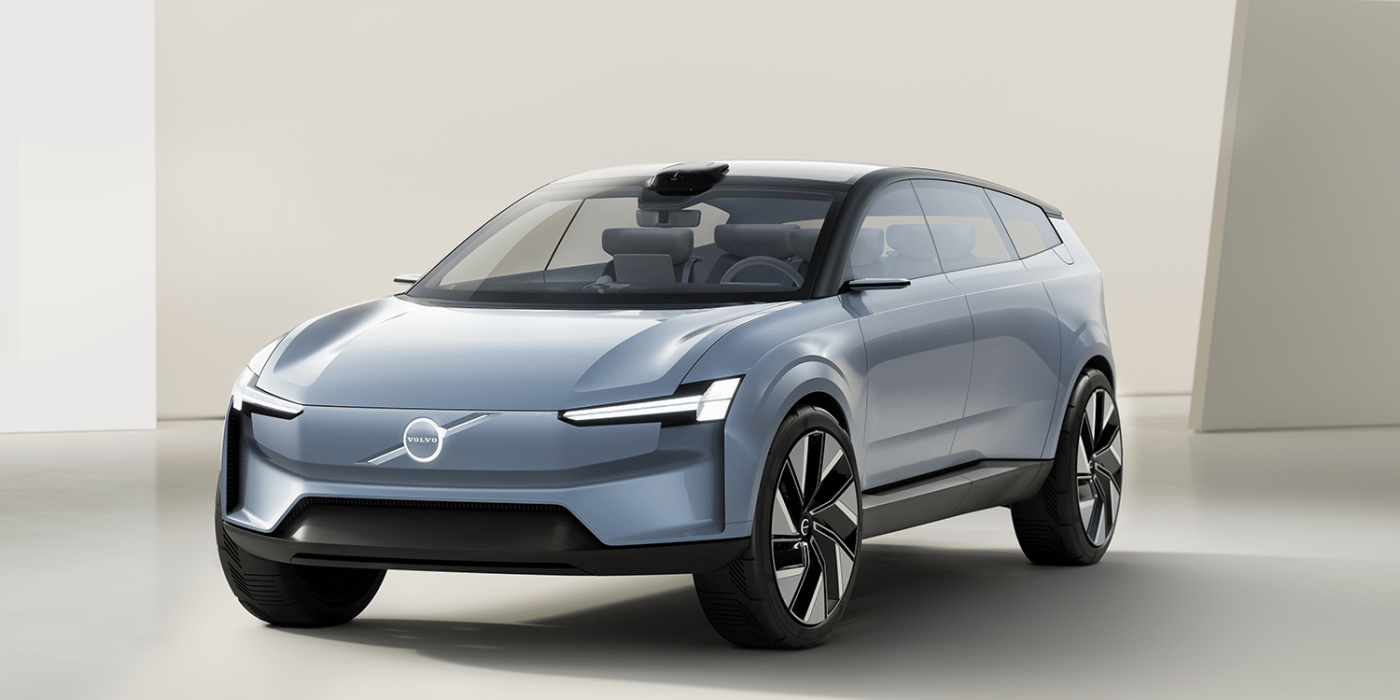
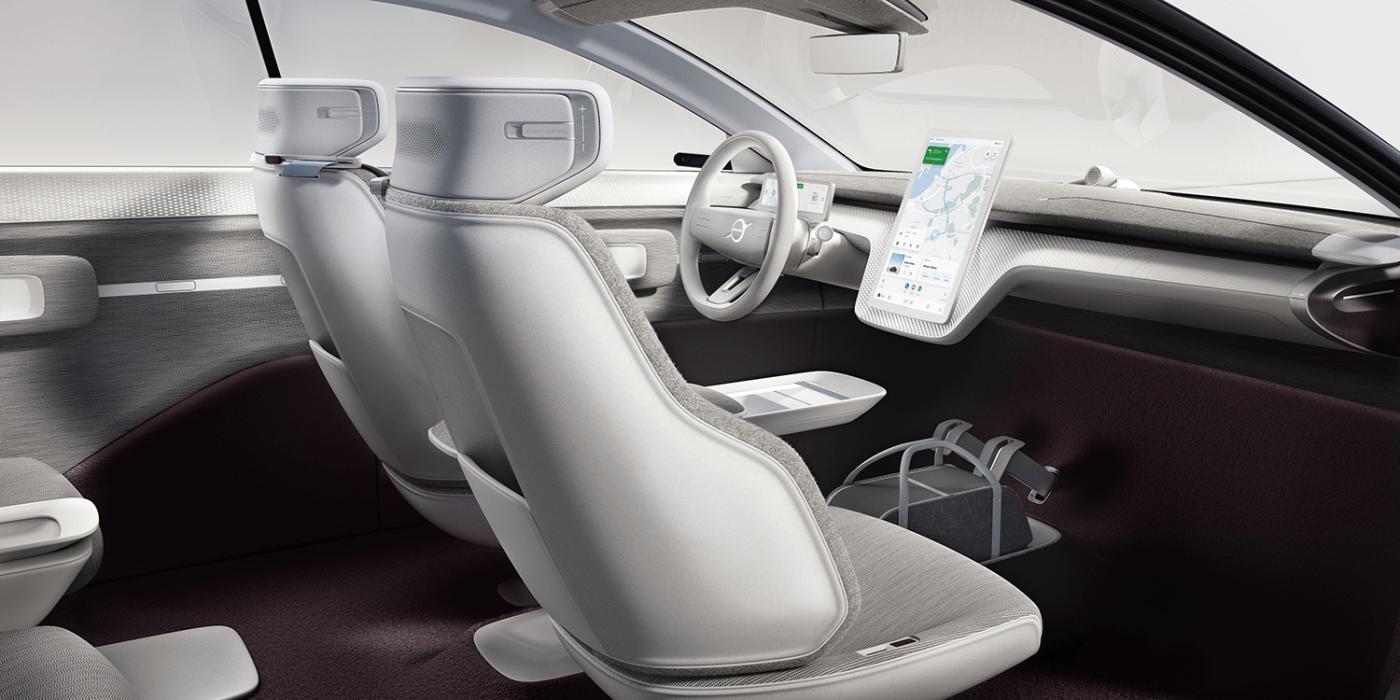
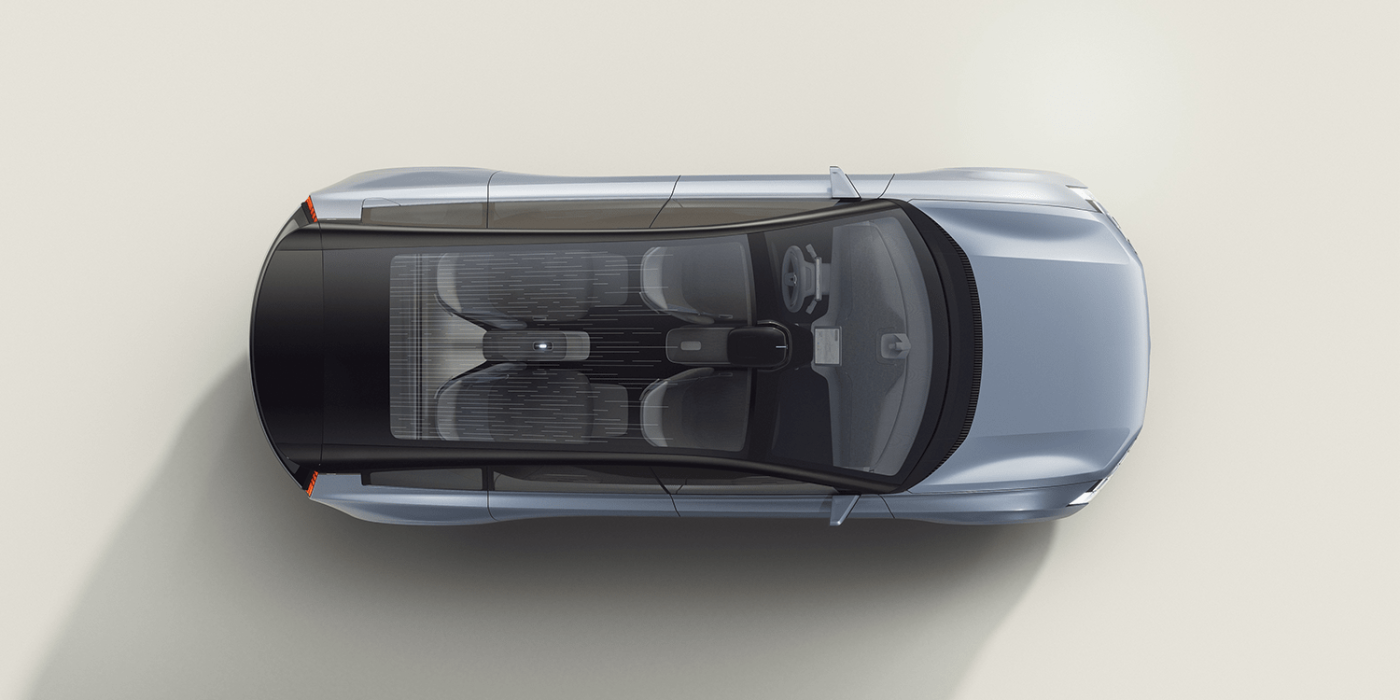
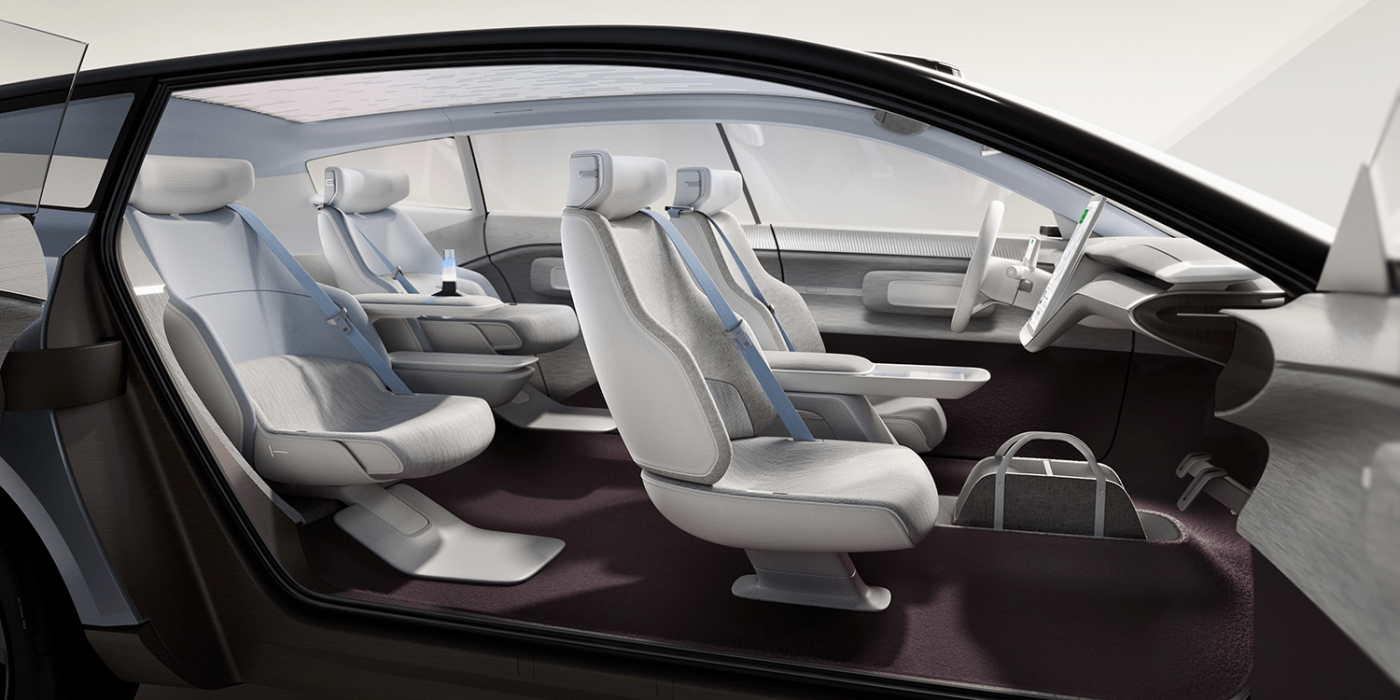
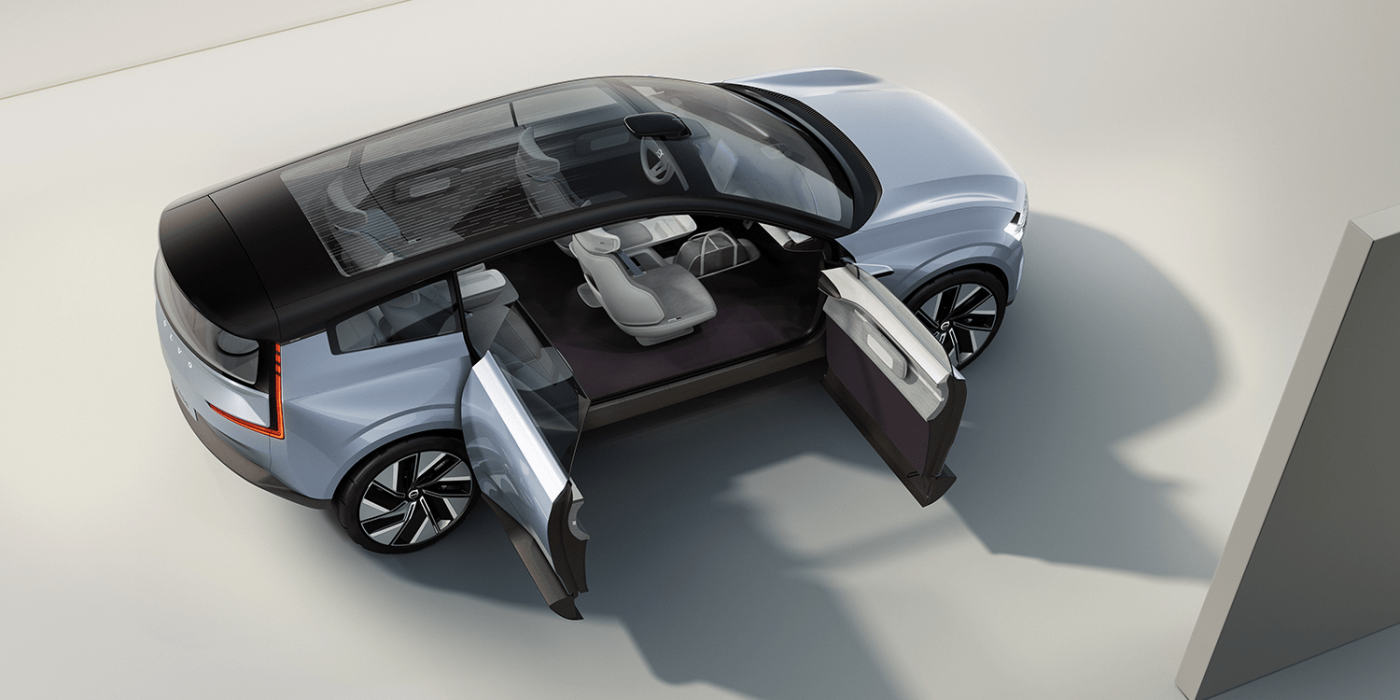
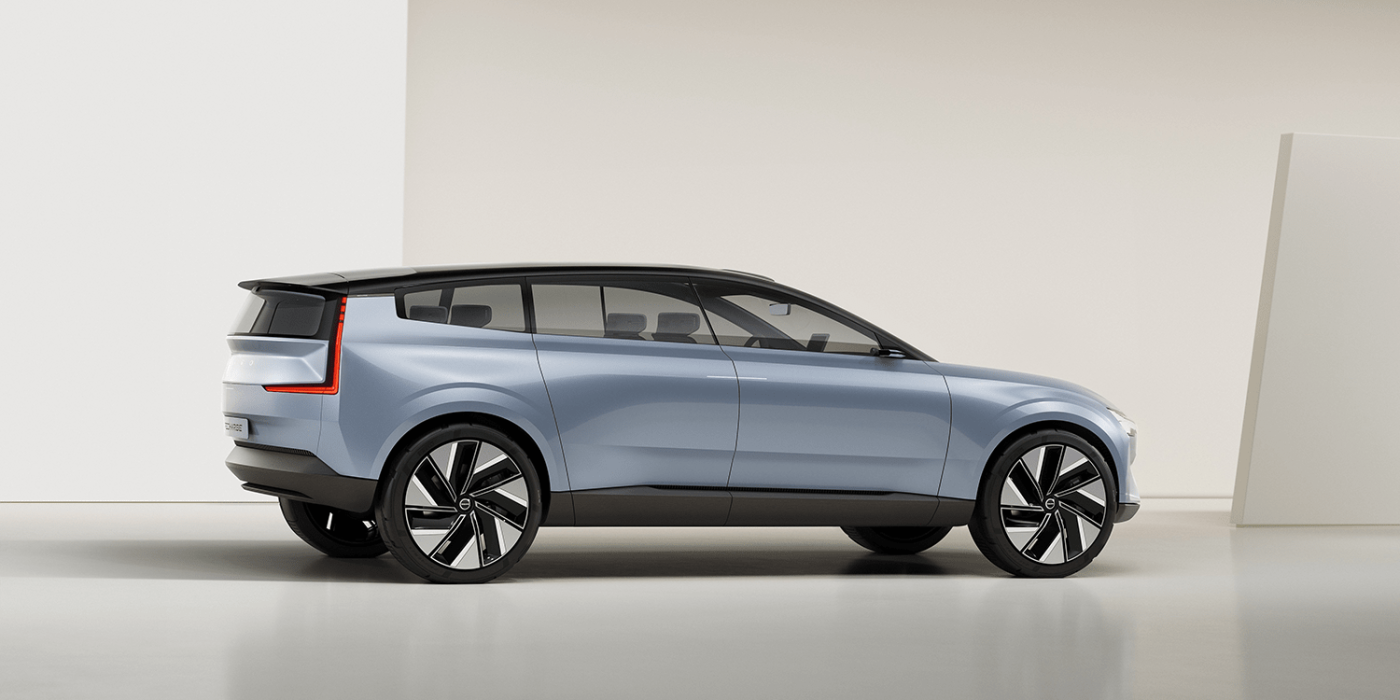
All in all, Volvo says that the concept car follows the tradition of Scandinavian design and embodies the “less but better” approach. “As we move towards our all-electric future, the Volvo Concept Recharge interprets our design DNA in a modern and fresh way,” said chief designer Robin Page. “It has everything customers should expect from an all-electric Volvo model. It will be exciting to apply this philosophy to our next generation of cars.”
The second generation of Volvo’s electric cars is expected to be ushered in next year with the electric successor to the XC 90, which will roll off the production line at Volvo’s Ridgeville plant in the US state of South Carolina. It is based on the second-generation Scalable Product Architecture (SPA), Volvo’s first purely electric car platform. From the middle of the decade, Volvo is already planning the third generation of electric cars.
Volvo unveiled the concept car yesterday at a virtual event called ‘Tech Moment’, during which the carmaker gave details of its ambitious battery strategy, but also of other safety and software technologies that will find their way into the next generation of Volvo’s electrified passenger cars. The main message of the event, which was broadcast live from Gothenburg, is that Volvo no longer wants to just buy in new technologies, but to bring them under its own roof and understand them in all their details with the help of partners like Google, Luminar, Northvolt and NVIDIA. This applies first and foremost to batteries, of course.
Among other things, the carmaker announced that with its recently announced partner Northvolt, it will “in the near future increase the energy density in the battery cells by up to 50 per cent compared to the batteries currently available on the market”. The company cites an energy density of over 700 Wh/l as a concrete goal. With a solid-state battery technology based on silicon anodes, batteries with 1,000 Wh/l and a potential range of 1,000 kilometres are to follow in the second half of the decade.
With reporting by Cora Werwitkze, France.

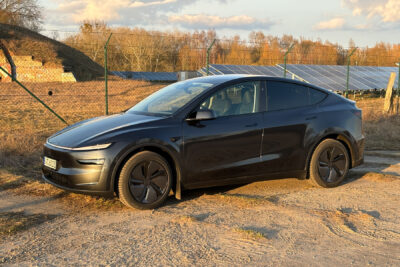
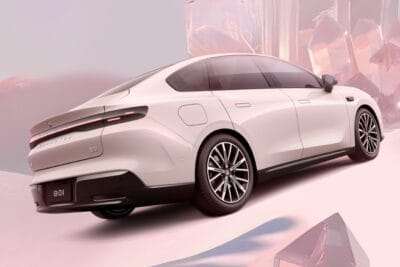
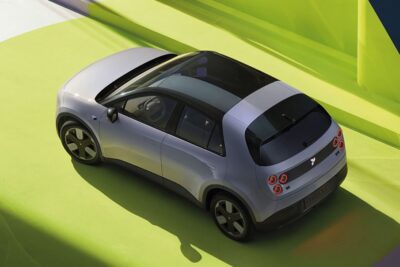
0 Comments